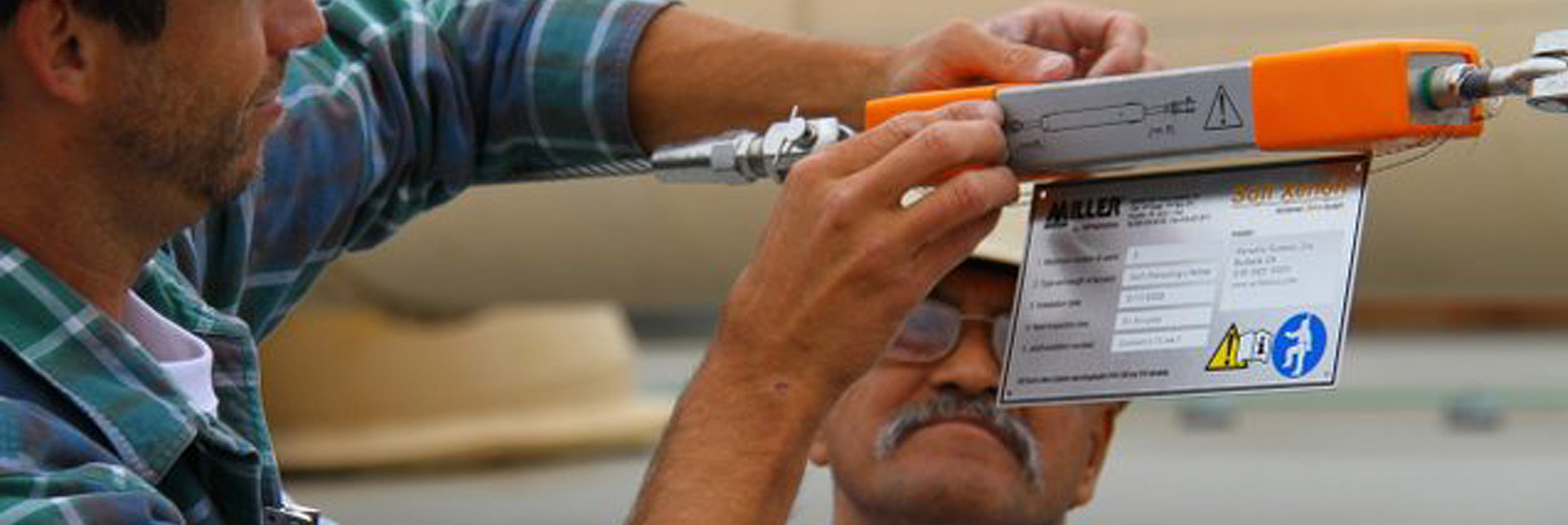
Inspections
Fall Protection equipment is used specifically to eliminate fall hazards and save lives in the event of an accident. It is essential that this equipment is compliant with current standards and kept in good and operable condition. Over time, ANSI standards change, mechanical parts fail, synthetic materials deteriorate, steel parts corrode, and fasteners come out of tolerance. Also, manufactures occasionally implement equipment recalls. For these reasons, OSHA requires periodic inspections by a Competent Person. It is critical that Inspectors are well versed in fall protection standards and criteria. Inspectors should not only be deemed Competent Persons in fall protection, but should also be manufacturer certified to inspect equipment and engineered fall protection systems.
Atlantic Fall Protection’s Competent Inspectors thoroughly inspect systems and equipment to ensure that every component is compliant, un-compromised and functioning properly. We are also manufacturer certified to conduct OSHA mandated fall protection inspections.
Inspections performed by Atlantic Fall Protection come with an inspection report documenting the condition of fall protection systems and equipment. The report identifies equipment through serial numbers, model numbers and manufacturer. Notes are provided with our findings along with recommendations for replacement or repair of damaged or obsolete equipment. An estimate for required repairs and recommendations can be provided upon request.
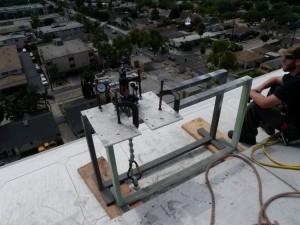
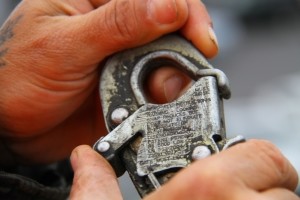

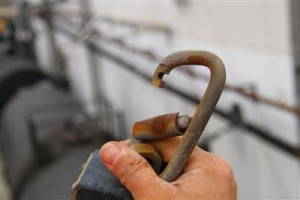

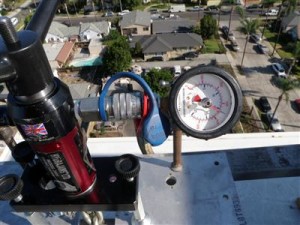
Relevant ANSI and OSHA Standards:
• ANSI Z359.1-2007 (6.1.1) Equipment shall be inspected by the user before each use and, additionally by a competent person other than the user at intervals of no more than one year.
• 29 CFR 1926.502(d)(21) Personal fall arrest systems shall be inspected prior to each use for wear, damage and other deterioration, and defective components shall be removed from service.
• 29 CFR 1910.66 App C (f) “Inspection considerations.” As stated in the standard (section I, Paragraph (f)), personal fall arrest systems must be regularly inspected. Any component with any significant defect, such as cuts, tears, abrasions, mold, or undue stretching; alterations or additions which might affect its efficiency; damage due to deterioration; contact with fire, acids, or other corrosives; distorted hooks or faulty hook springs; tongues unfitted to the shoulder of buckles; loose or damaged mountings; non-functioning parts; or wearing or internal deterioration in the ropes must be withdrawn from service immediately, and should be tagged or marked as unusable, or destroyed.

